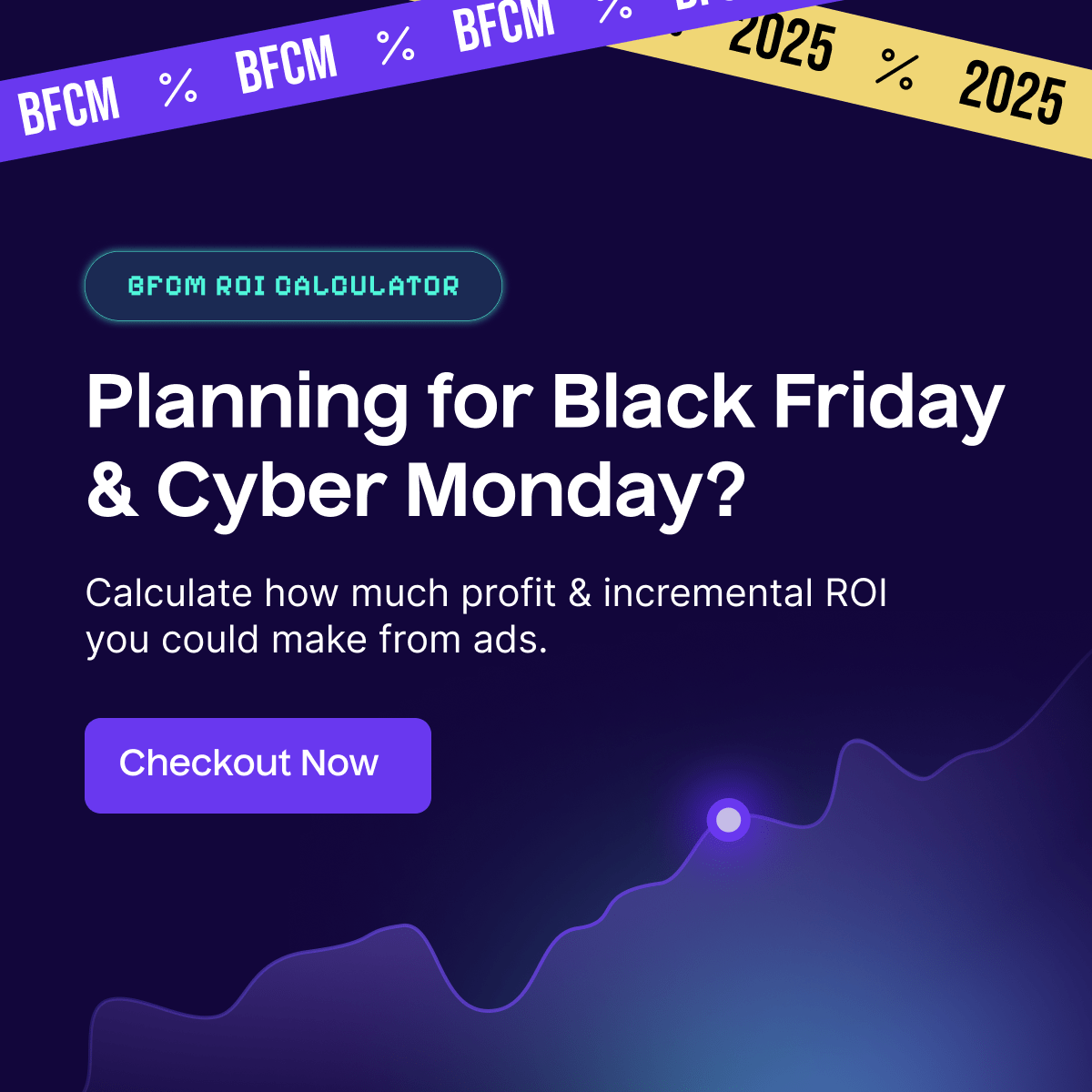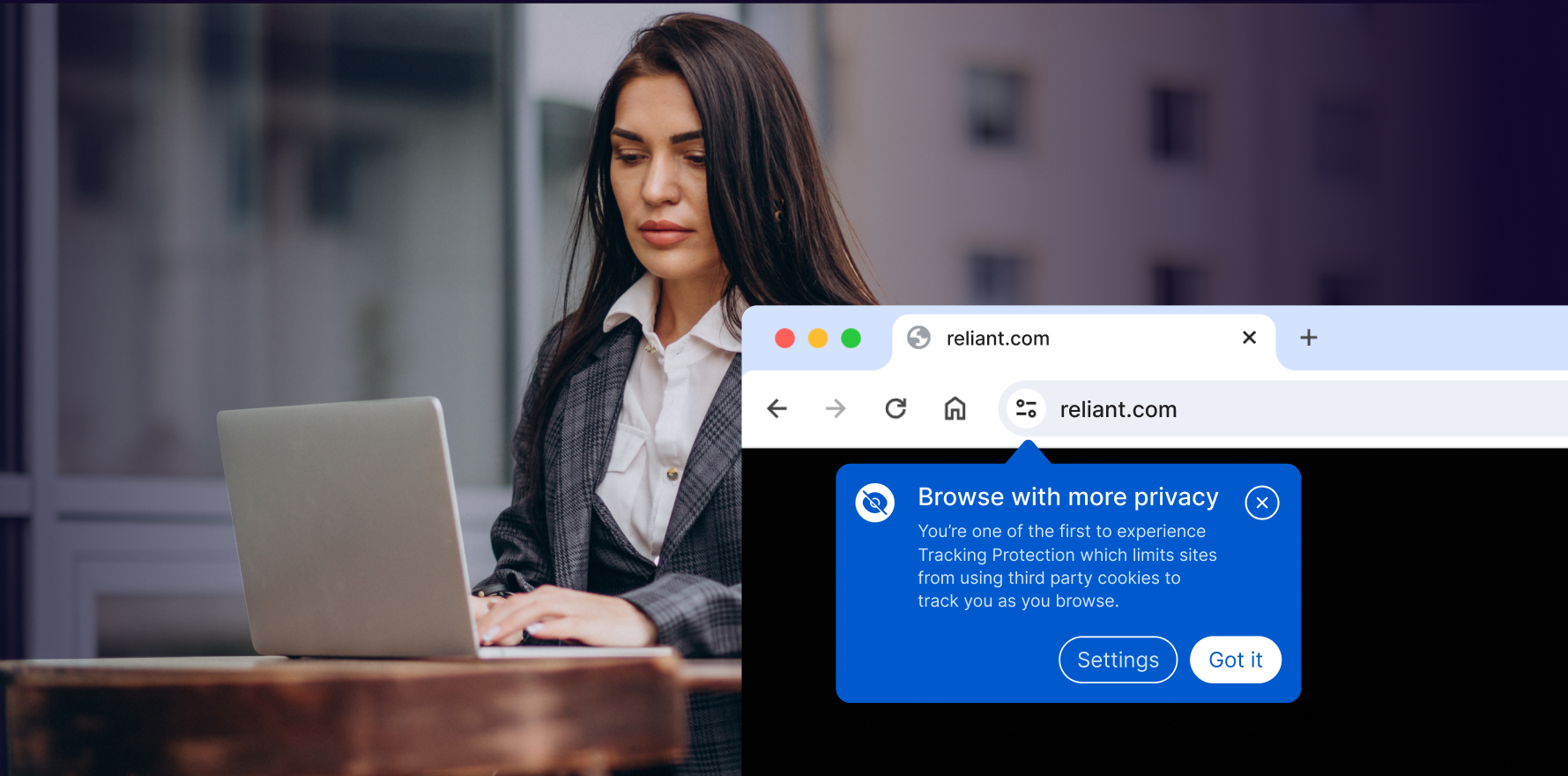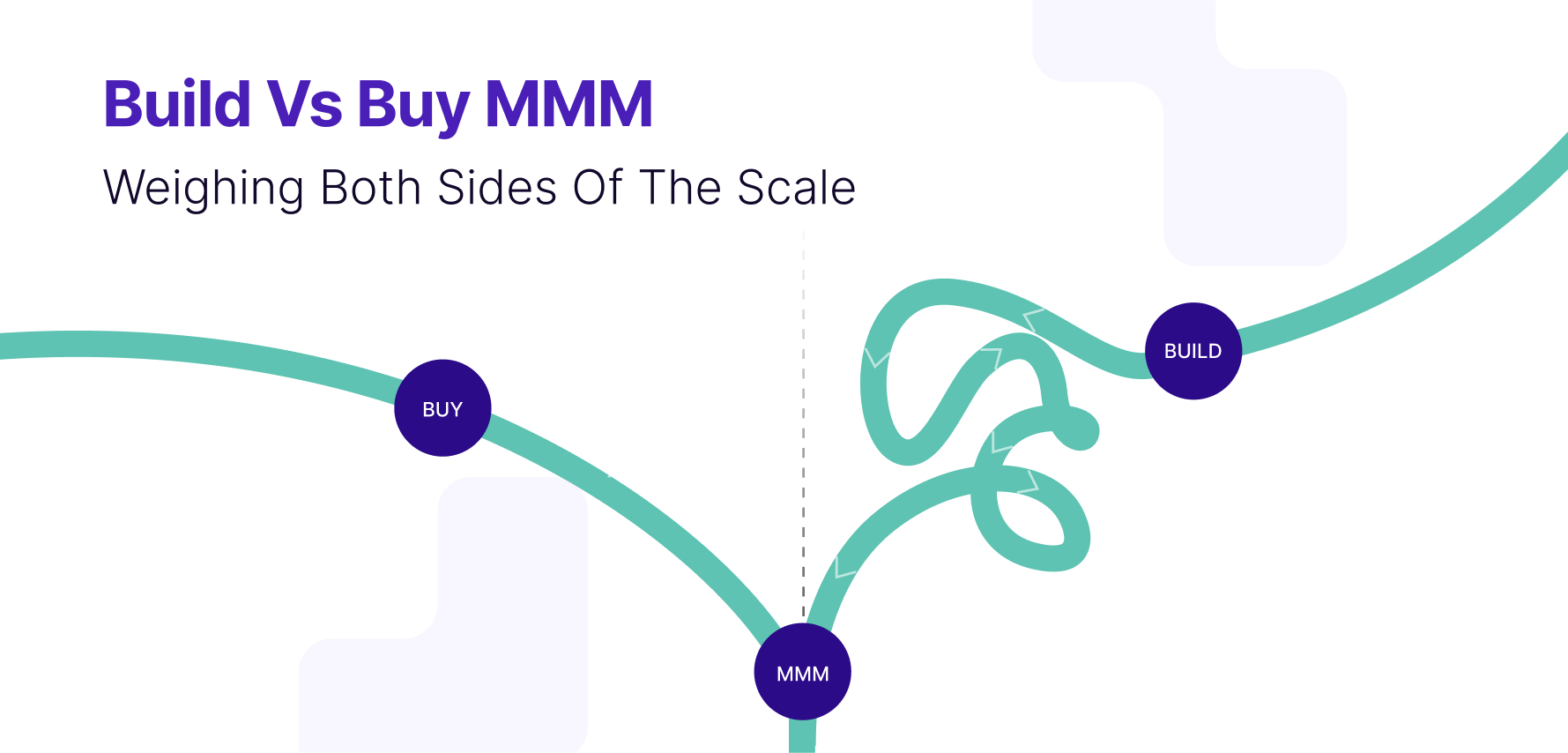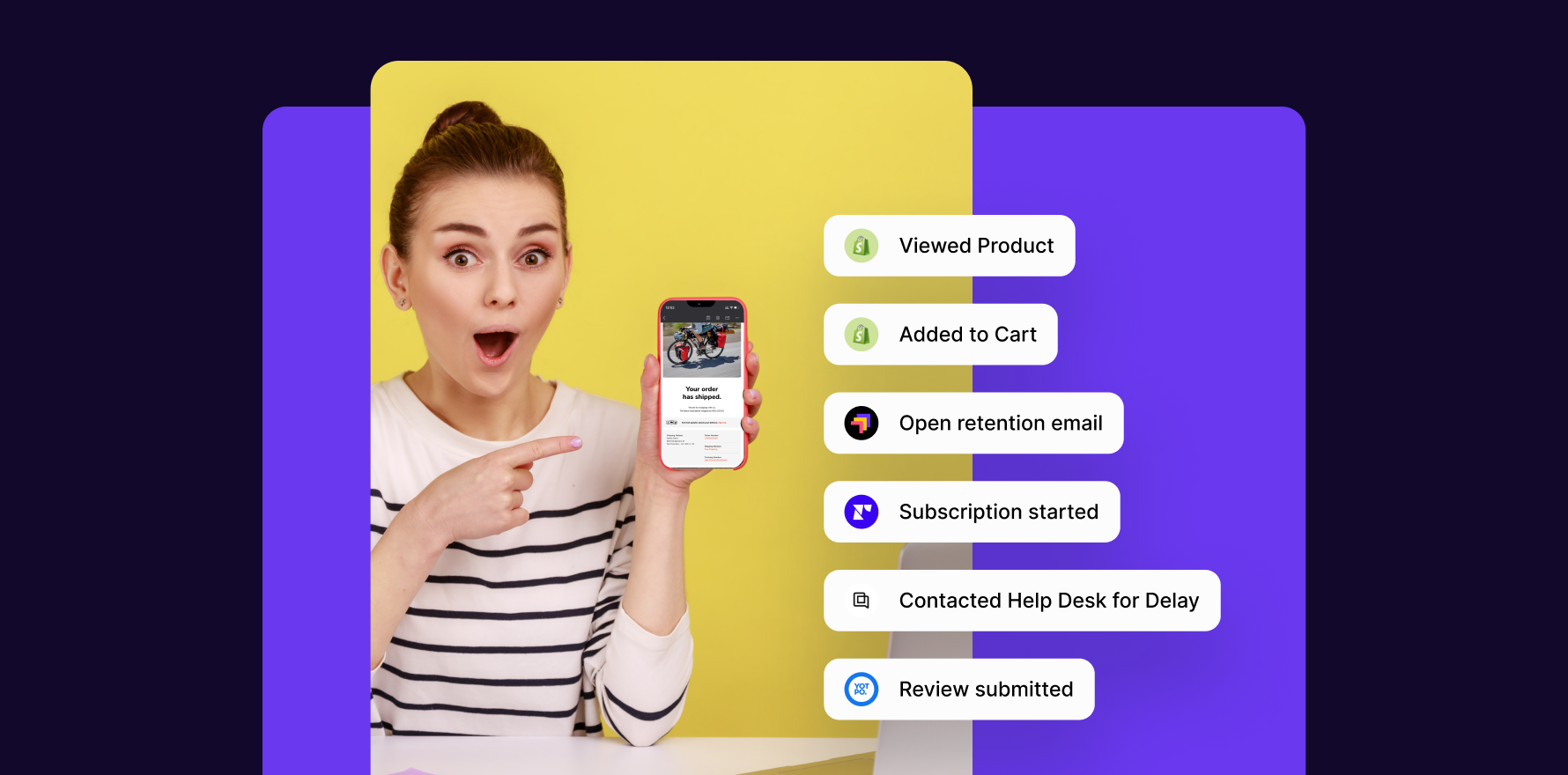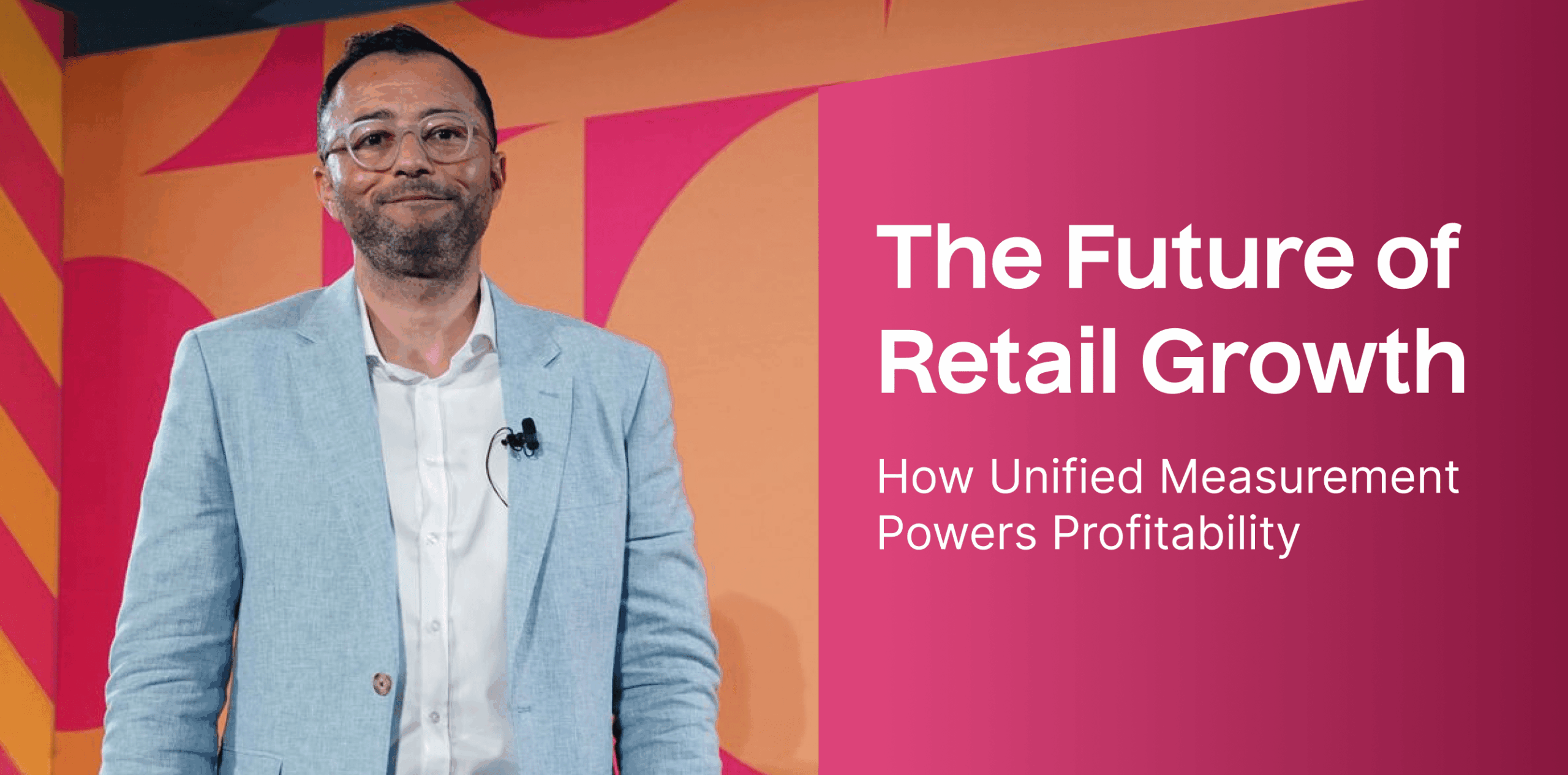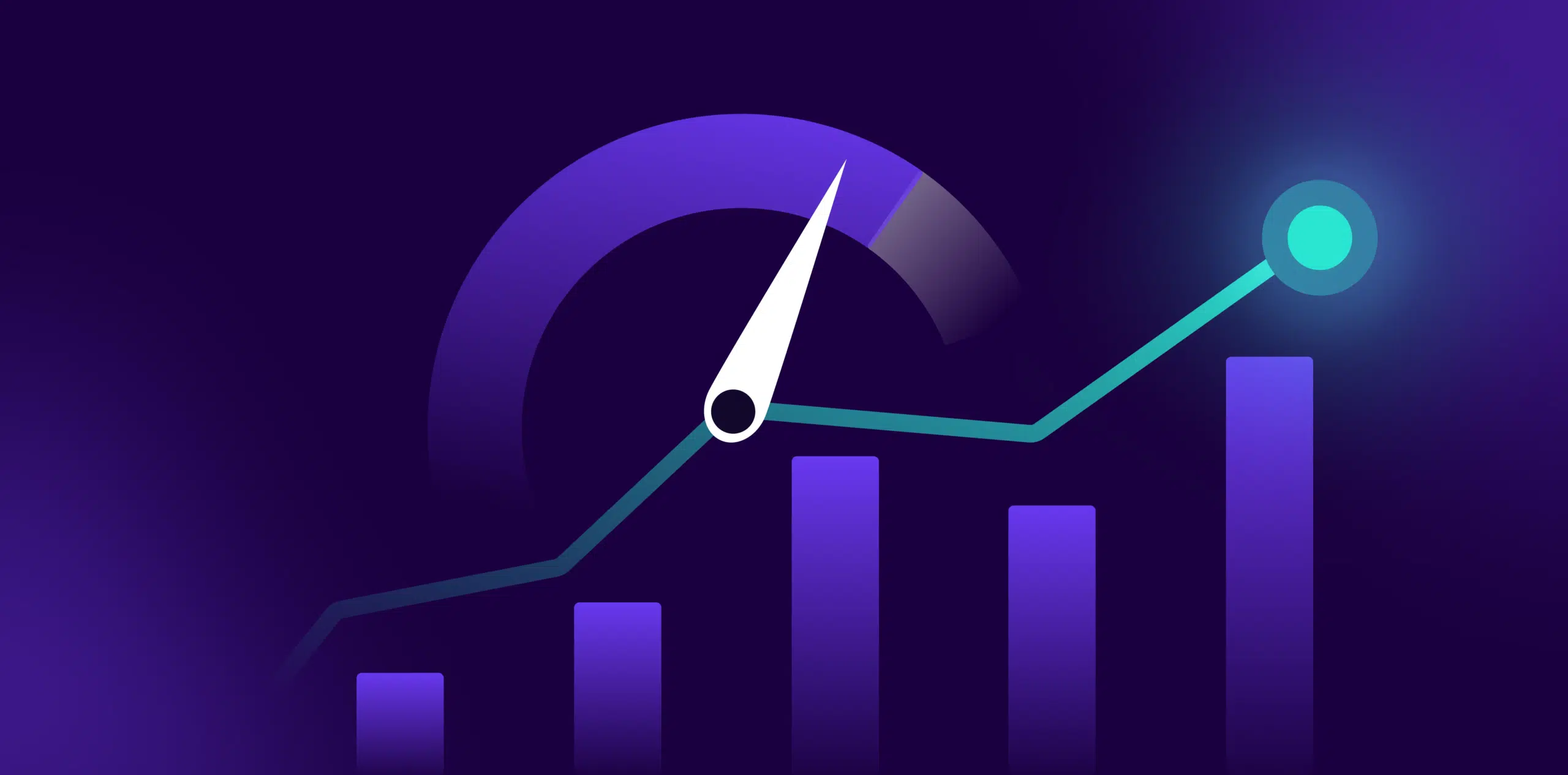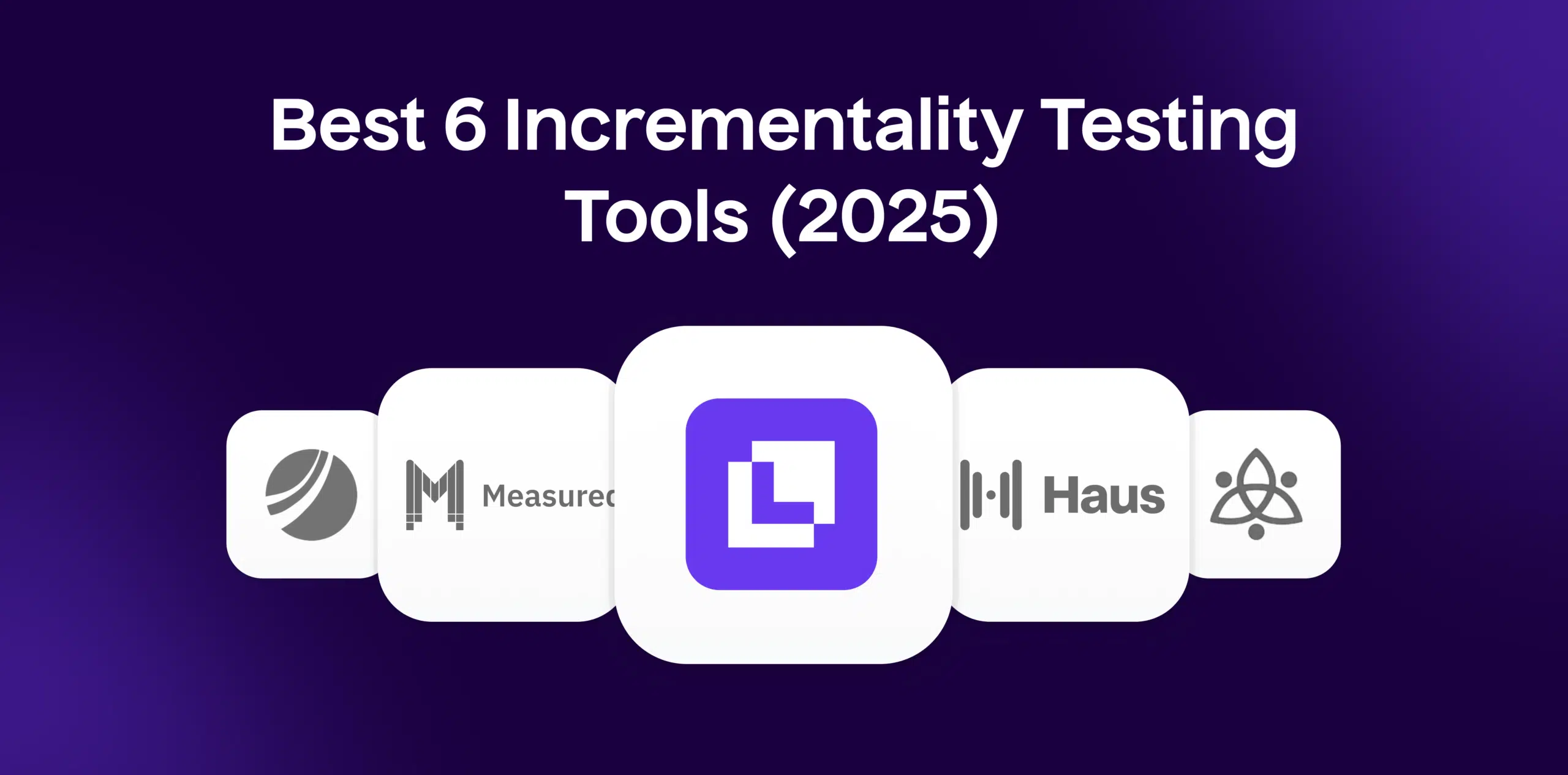What is Time on page?
Time on page is a metric that measures the total amount of time a user spends on a website page. It is used to gauge how engaging a user’s experience is with the page. This metric is important as it provides insight into how engaging a website page is and it also helps identify pages that need to be improved.
Formula
Time on Page = (Time user leaves page – Time user enters page)
Example
Imagine a user visiting a website to purchase a product. A user spends a total of 3 minutes on the checkout page. Therefore, we can say that the time on page for the checkout page is 3 minutes.
Why is Time on page important?
Time on Page is important because it provides insight into user engagement on a particular page of the website. It can help identify which pages need improvement and which pages keep users engaged. It can help website owners to adjust the content, page structure, or navigation to maximize user engagement.
Which factors impact Time on page?
time on page is impacted by the content a page offers to the user, the page design and structure, the page loading time, and the navigation on that page. Changing any of these elements can have a significant impact on the time a user spends on a page.
How can Time on page be improved?
To improve ‘Time on Page’, focus on delivering valuable, engaging content that captures visitor interest. Break text into smaller sections for readability and use compelling subheadings. Integrate multimedia elements like images, videos, and infographics to increase engagement. Implement a logical and easy-to-navigate site structure. Interlinking related content can encourage visitors to explore more pages. Lastly, ensuring your website loads quickly can prevent users from leaving prematurely.
What is Time on page’s relationship with other metrics?
Time on Page is an important metric for understanding user engagement and can be used to improve other Ecommerce metrics. It can be used to identify areas that are hindering user journeys and where improvements are needed to optimize the process. It has a direct effect on metrics such as session duration, bounce rate, and average order value, as users that spend more time on the page are more likely to convert. It is also increasingly used in determining the effectiveness of user experience and identifying any potential issues with page navigation.
Free essential resources for success
Discover more from Lifesight
